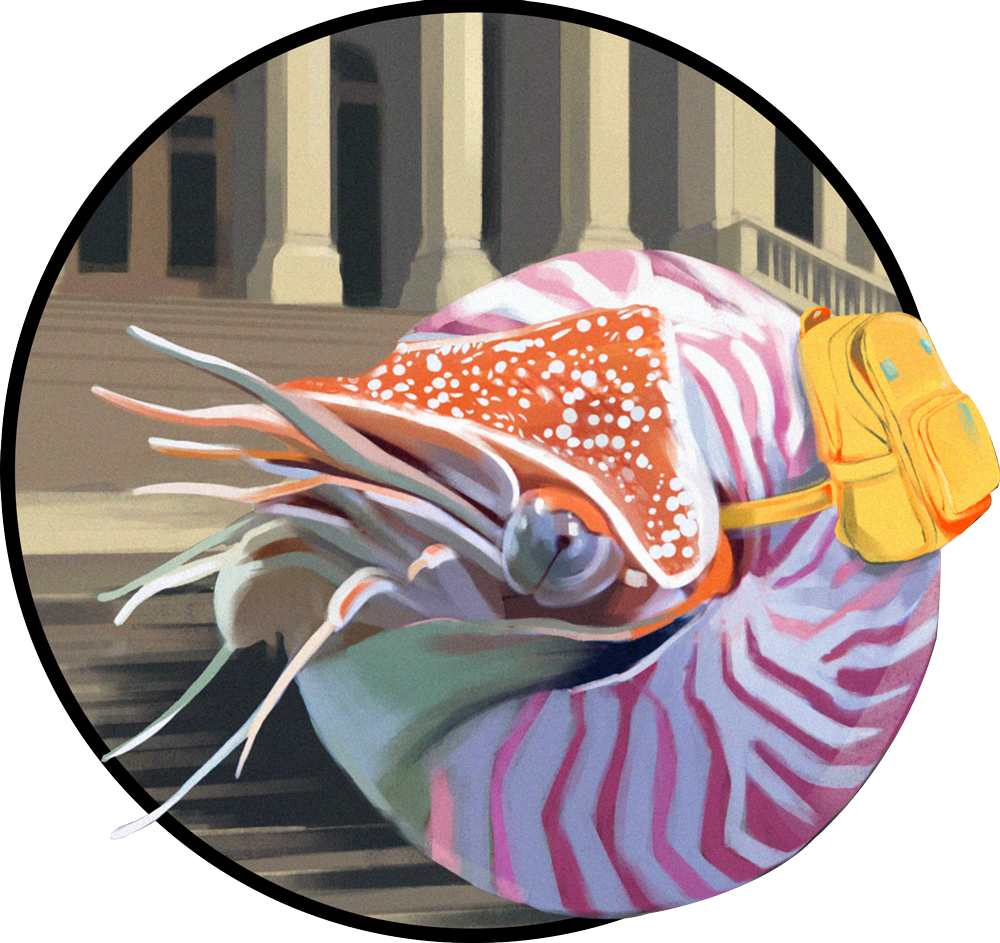The deep sea is a foreboding, almost impenetrable, place for us surface dwellers; darkness prevents photosynthesis, and animals at great depths must withstand extremely low temperatures, high pressures, and scarce nutrients. Yet, ecosystems just beneath the seafloor contain an estimated 15 percent of Earth’s living biomass—in the form of wildly resourceful microbes that make do in the abyss.
Hardy communities of microbes inhabit the ocean’s crust, clustered around hydrothermal vents, which spew life-giving minerals in superheated streams of water. Now, a study in Communications Earth & Environment announces marine microbial life that even further pushes the limits of environmental tolerance.
University of Bremen researchers and colleagues searched for evidence of microbes in two sediment cores extracted from mud volcanoes near the Mariana Trench. The cores, which were drilled from seafloor more than 9,800 feet down, contained mud from up to 5.4 feet below the seafloor, down into what’s called serpentinite, a sediment layer that is tinged a bright blue.
In that blue mud, the pH is a startlingly alkaline 12, the same as some household bleaches, oven cleaners, and hair relaxers. But the scientists, using lipid analysis, detected, in that punishing mud, fat molecules that could only have resulted from biological activity.
Read more: “The Bacteria That Revolutionized the World”
The conditions are more alkaline than is known for any other ecosystem on Earth. “What is fascinating about these findings is that life under these extreme conditions, such as high pH and low organic carbon concentrations is even possible,” said organic geochemist at the University of Bremen’s Center for Marine Environmental Sciences and co-author Florence Shubotz in a statement.
Add to those challenges the virtual lack of oxygen at such depths, and life has to find unique ways of making it. Known deep-sea microbes gain their energy through chemosynthesis, exploiting minerals in rocks and gaseous hydrocarbons from vents. The same appears to be true of these newly discovered organisms.
The lipid molecules detected in the study are from the cell membranes of either bacteria or archaea, an ancient domain of organisms that resemble bacteria. In the cell membranes of those microbes, fats provide a barrier against the alkaline conditions. Their condition indicates whether the microbes are living or long-dead. Intact lipid molecules indicate a living community, whereas degraded lipid molecules could be from fossil organisms. The results showed both types of lipids in the sediment cores—a community of contemporary microbes and evidence of ancient microbial populations.
These extremophile organisms could also provide a window to how life first started on Earth. “We suspect that primordial life could have originated at precisely such sites,” Shubotz added. Furthermore, the core samples just scratched the surface of a habitat that could extend much farther below the seafloor, harboring even deeper insights into the earliest life here on Earth—and potentially beyond. ![]()
Enjoying Nautilus? Subscribe to our free newsletter.
Lead image: Ethan Daniels / Shutterstock






























